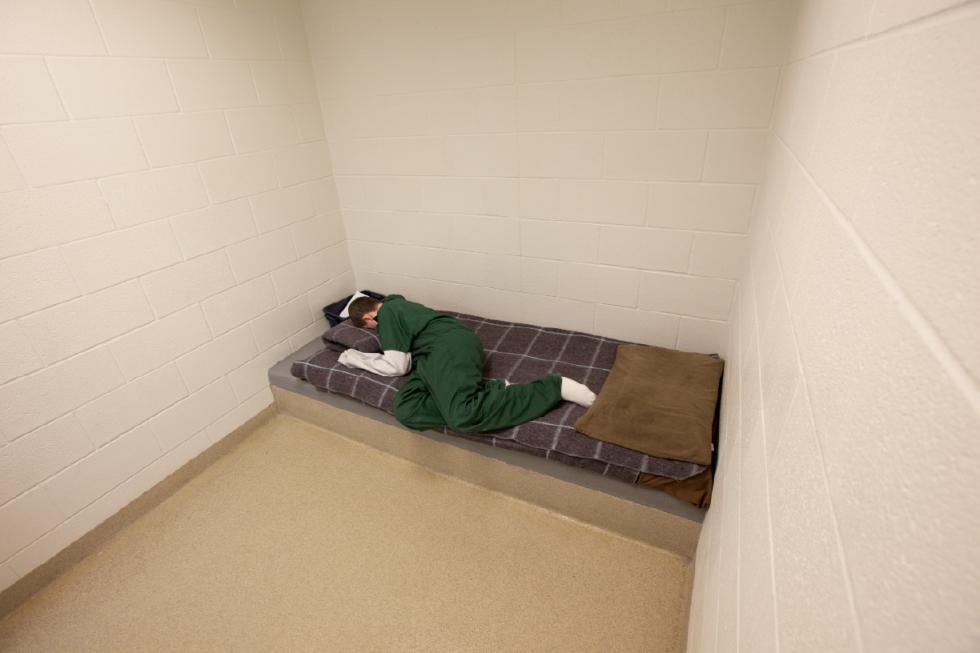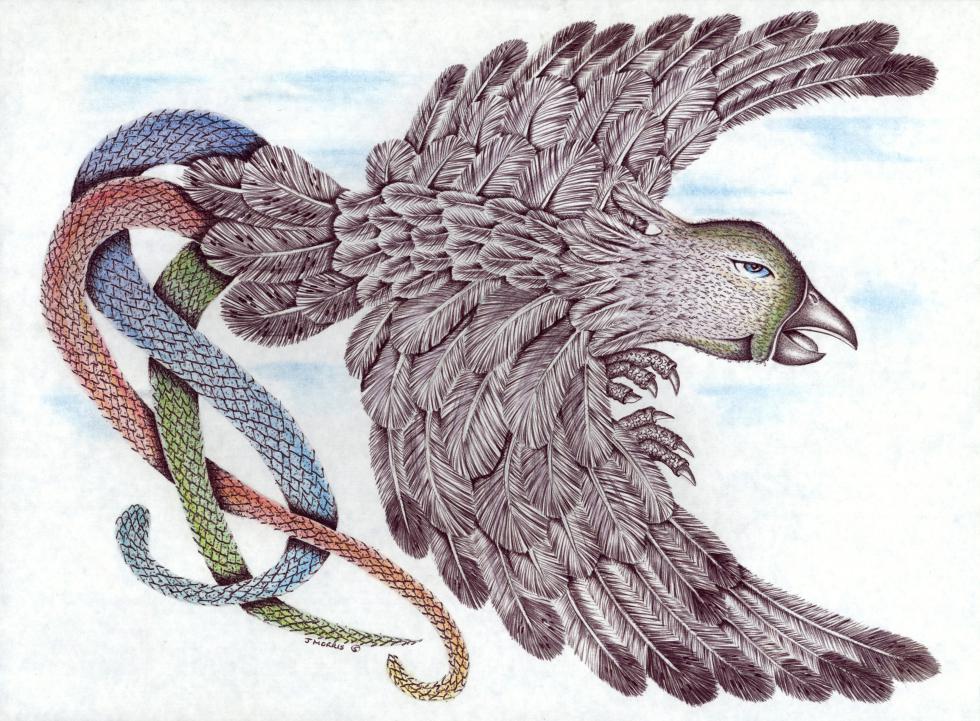I have only one recurring nightmare. I find myself in prison. Charged with a crime I cannot discern, I’m locked away from family and friends by thick plastic walls. The clear walls are smeared with a thousand fingerprints obscuring my view of the sweet blue sky.
Jack L. Morris has been living that nightmare — actually, one much worse. In 1978 Morris was locked inside a California prison after committing a series of petty crimes and being convicted as an accomplice to murder shortly after his 18th birthday. Now 58, Morris has spent the last quarter-century in solitary confinement.
“I have not touched another person or seen the sun in over 25 years,” says Morris, whom prison officials have kept isolated due to alleged gang involvement.
Last week, I walked across the snowbound campus of Hampshire College and into the Leo Model Gallery, where California artist Sheila Pinkel’s exhibit — “Site Unseen: Incarceration in the U.S.” — combines jarring statistics with heartbreaking images to convey the cost of our nation’s effort to “get tough on crime.” The exhibit has many elements, but my eye was drawn to Morris’s story.
His quote about life in solitary is superimposed on a more recent image of a 12-year-old lying face-down on a mattress in a concrete cage, his legs pulled up into fetal position, his feet in clean white socks. The image is from the Juvenile in Justice project led by professor and photographer Richard Ross, who told me the boy — one of nearly 100,000 American children held in solitary in a given year — was ordered into a Kansas cell by a judge who found him to be “out of control” and gave him two weeks to “settle down, listen to his parents and do his homework.”
America has 5 percent of the world’s people, but 25 percent of the world’s prison population. Pinkel’s exhibit shows how the incarceration rate held steady from 1930-1975 at about 150 prisoners per 100,000 population, but then skyrocketed to 10 times that with the introduction of tougher drug laws, mandatory minimum sentences and “three strikes and you’re out” legislation.
While such laws score easy points for politicians, they’ve also taken a toll measured in taxpayer dollars and wasted lives. The most violent criminals need to be locked away, but the majority of cells hold adults and children arrested for lesser crimes — most linked to underlying problems of drug and alcohol addiction. The inmates are disproportionately dark-skinned and increasingly female.
Whatever their offense, those deprived of freedom yearn for it. Despite his long-term isolation, Morris has taken flight in the unshackled spaces of his imagination. He makes paint from Skittles, M&Ms and lightbulb-heated peanut butter to paint images of dragons, native masks and birds soaring on breezes the artist may never feel again.•
— Jeffrey Good, jgood@gazettenet.com





